How To Grow Deciduous Azaleas For Stunning Blooms
Deciduous azaleas are a beautiful and versatile addition to any garden. They come in a wide range of colors, from bright pinks and reds to delicate whites and yellows. And when they bloom in the spring, they are truly stunning.
If you're thinking about adding deciduous azaleas to your garden, here are some tips on how to grow them successfully:
- Choose the right location. Deciduous azaleas prefer partial shade, but they can tolerate full sun in cooler climates. They also need well-drained soil that is high in organic matter.
- Prepare the soil. Before planting, amend the soil with peat moss, compost, or pine needles to make it more acidic. The ideal pH for deciduous azaleas is between 5.0 and 6.0.
- Plant at the right time. Deciduous azaleas can be planted in the spring or fall. However, spring is the best time to plant, as the plants will have time to establish themselves before the hot summer weather arrives.
- Water regularly. Deciduous azaleas need regular watering, especially during the first year after planting. Water deeply once a week, or more often if the weather is hot and dry.
- Mulch around the plants. Mulching helps to keep the soil cool and moist, which is essential for healthy deciduous azaleas. Use a mulch such as pine needles, bark chips, or shredded leaves.
- Fertilize in the spring. Feed your deciduous azaleas with an azalea or rhododendron fertilizer in the spring. Follow the directions on the fertilizer label.
- Prune after flowering. After the plants have finished blooming, prune to remove dead or diseased branches. You can also prune to shape the plants.
- Protect from winter cold. In cold climates, deciduous azaleas may need some protection from winter cold. Mulch around the plants with a thick layer of pine needles or bark chips. You may also need to cover the plants with burlap or another protective covering.
With proper care, deciduous azaleas will thrive in your garden for many years. They will reward you with their beautiful blooms year after year.
Are you looking for a beautiful, low-maintenance flowering shrub for your garden? If so, deciduous azaleas may be the perfect choice for you. These shrubs are known for their vibrant blooms in the spring, and they come in a wide variety of colors, including pink, red, white, and purple.
Deciduous azaleas are also relatively easy to care for. They prefer well-drained soil and full sun, but they can tolerate some shade. They are also relatively drought-tolerant once established.
If you are interested in learning more about deciduous azaleas, please visit our website at Garden Wiki. We have a wealth of information on this topic, including care tips, planting instructions, and a list of recommended varieties.
FAQ of deciduous azaleas
- What are deciduous azaleas?
Deciduous azaleas are a type of azalea that loses its leaves in the winter and grows them back in the spring. They are typically smaller than evergreen azaleas, and they have a wider range of colors, including red, pink, purple, yellow, and white.
- Where do deciduous azaleas grow best?
Deciduous azaleas prefer to grow in full sun or part shade, in well-drained soil that is slightly acidic. They are hardy in USDA zones 4-9.
- How do I care for deciduous azaleas?
Deciduous azaleas need regular watering, especially during the growing season. They also benefit from light applications of fertilizer, such as a balanced fertilizer or an azalea fertilizer. In the fall, it is important to mulch around the plants to help protect their roots from the cold.
- How do I propagate deciduous azaleas?
Deciduous azaleas can be propagated from cuttings or by layering. Cuttings should be taken from new growth in the spring or summer. Layering can be done by bending a stem down to the ground and covering it with soil.
- What are some common problems with deciduous azaleas?
Some common problems with deciduous azaleas include:
* Leaf spot: This is a fungal disease that causes brown spots on the leaves. It can be treated with a fungicide.
* Pests: Deciduous azaleas can be susceptible to pests such as aphids, scale, and spider mites. These pests can be controlled with insecticidal soap or neem oil.
* Winter damage: Deciduous azaleas can be damaged by cold weather, especially if they are not properly mulched.
Image of deciduous azaleas
This azalea is a beautiful shade of pink with white edges. It is a compact plant that grows to about 3 feet tall.

This azalea is a bright pink color with apricot overtones. It is a vigorous grower that can reach 6 feet tall.
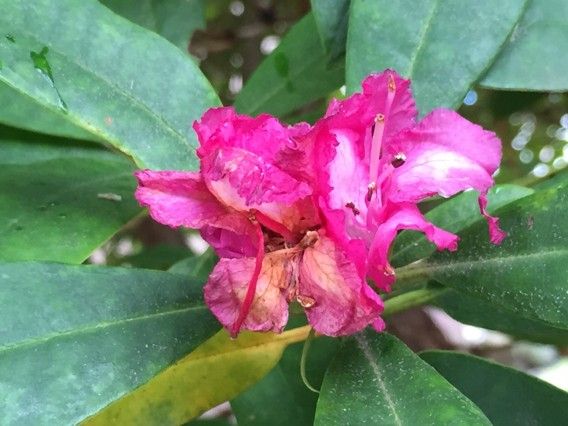
This azalea is a native of Alabama and is a beautiful shade of lavender. It is a slow-growing plant that reaches about 4 feet tall.
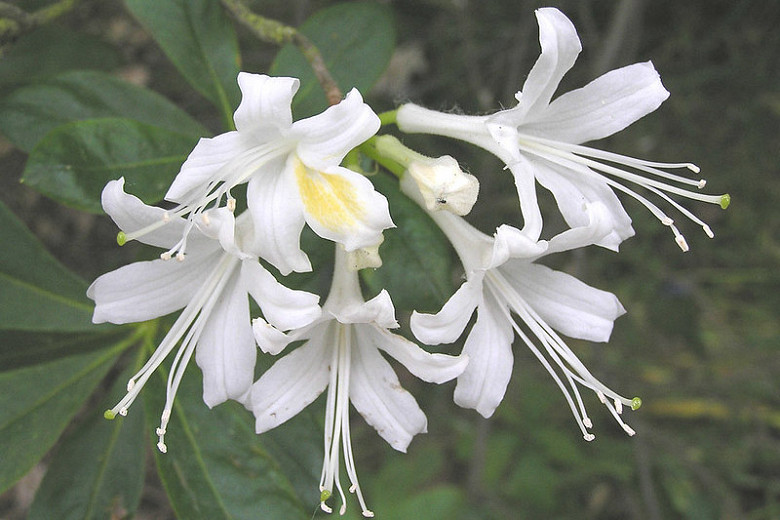
This azalea is a unique variety that has three different colors of flowers: pink, white, and yellow. It is a compact plant that grows to about 3 feet tall.
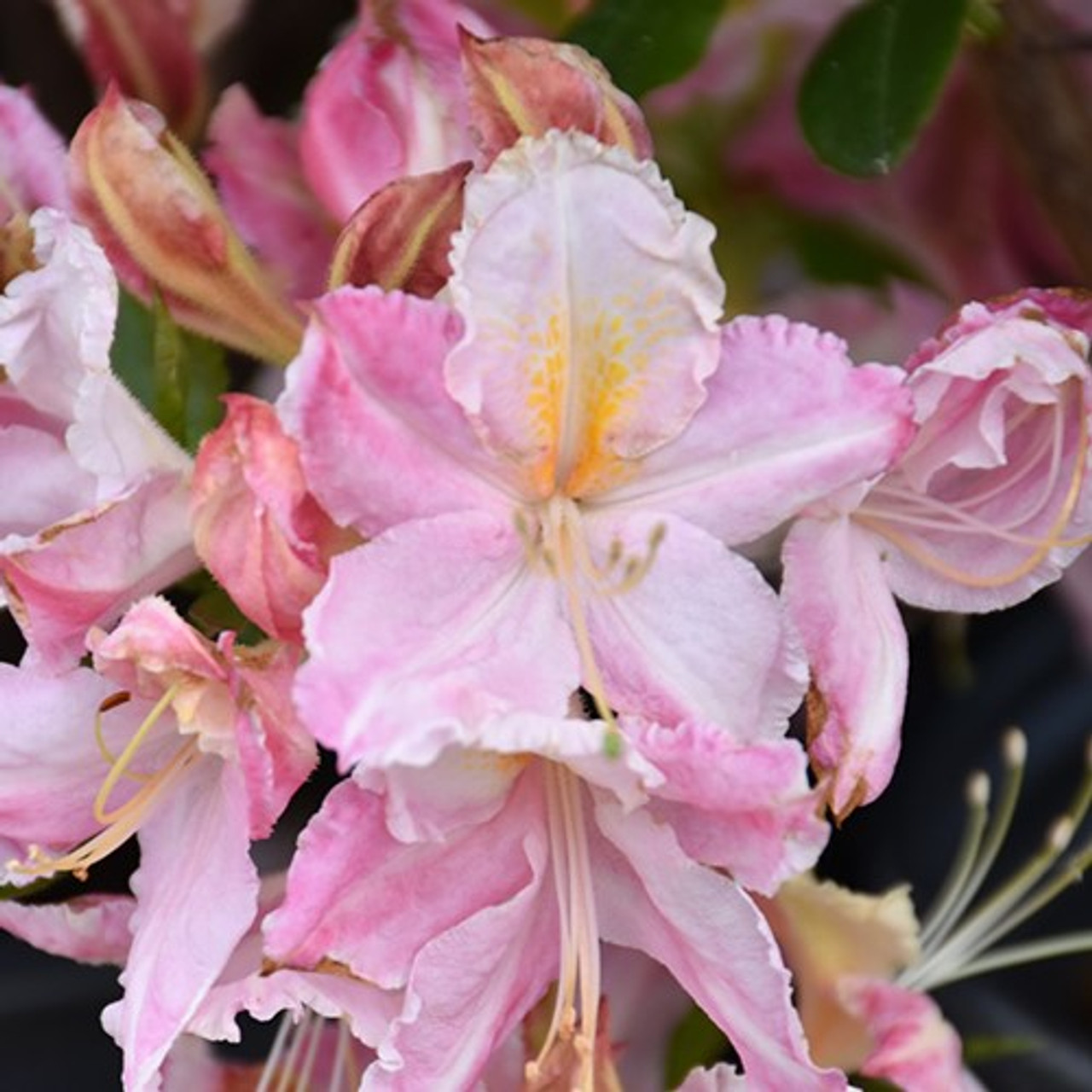
This azalea is a popular variety that is known for its long blooming period. The flowers are a bright pink color and the plant grows to about 6 feet tall.
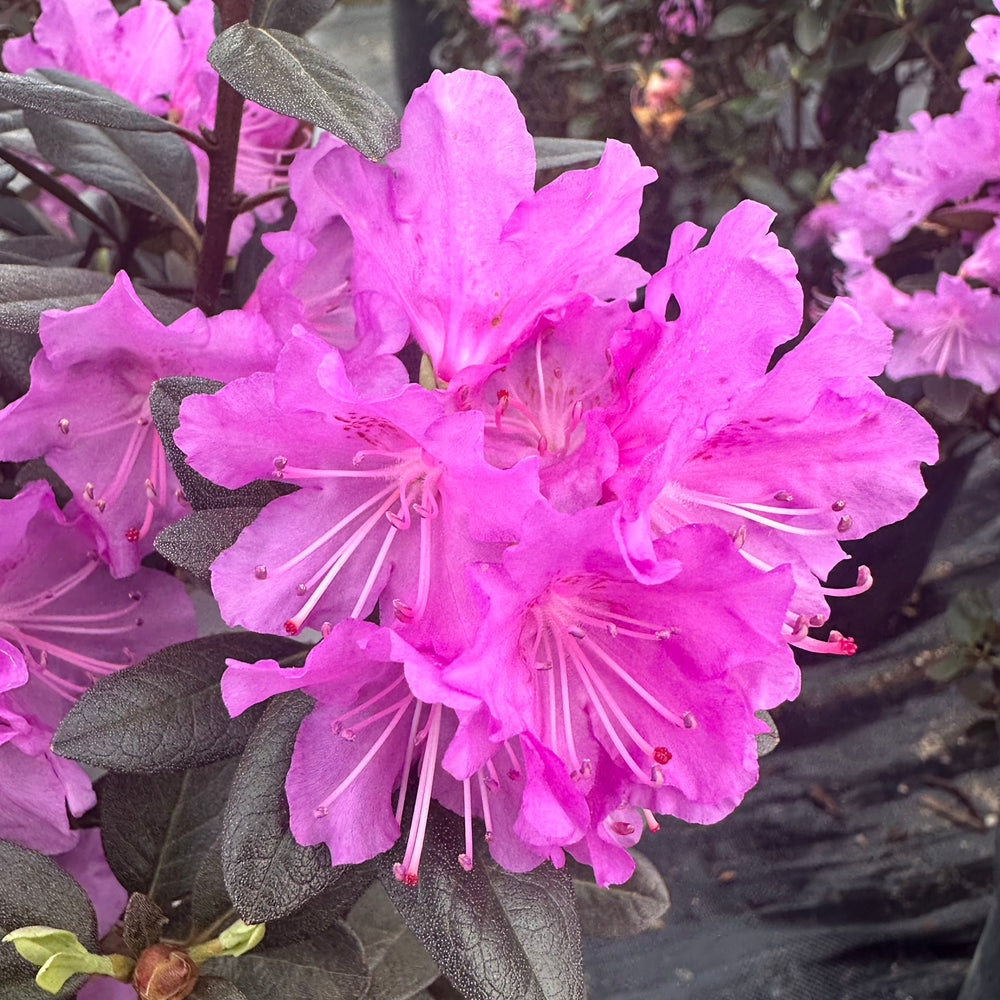
This azalea is a beautiful shade of pink with apricot overtones. It is a compact plant that grows to about 3 feet tall.
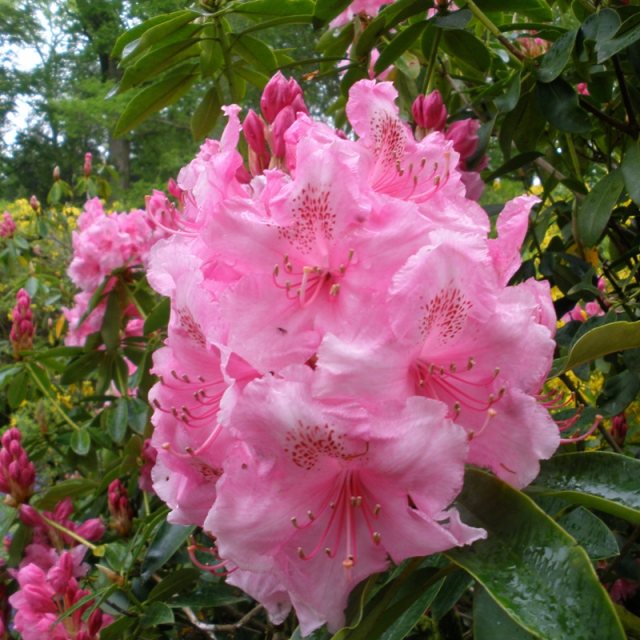
This azalea is a bright coral color with yellow overtones. It is a vigorous grower that can reach 6 feet tall.
This azalea is a deep purple color with white overtones. It is a compact plant that grows to about 3 feet tall.

This azalea is a pure white color. It is a compact plant that grows to about 3 feet tall.
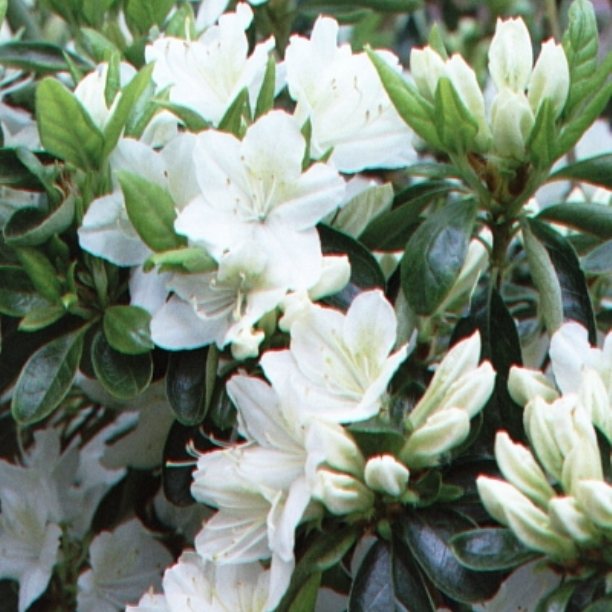
This azalea is a deep raspberry color. It is a vigorous grower that can reach 6 feet tall.
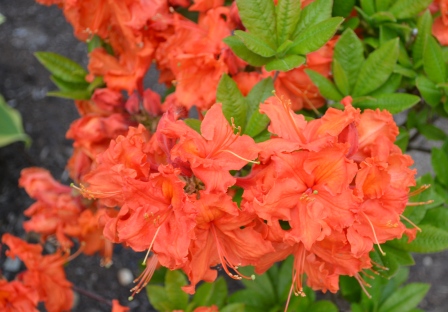
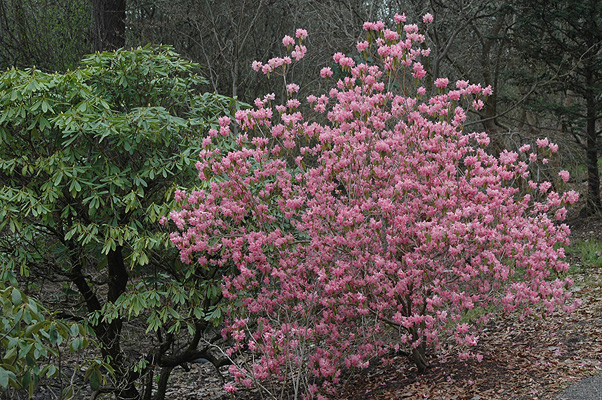
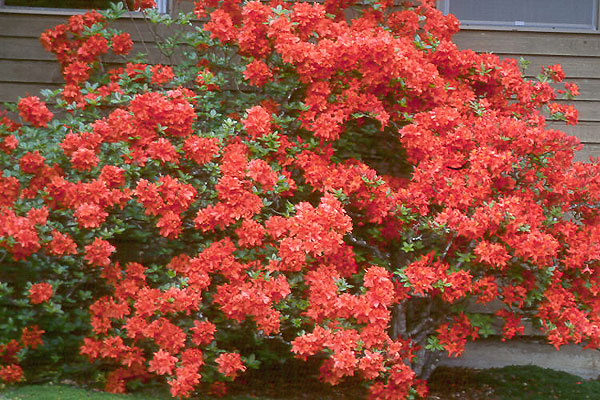
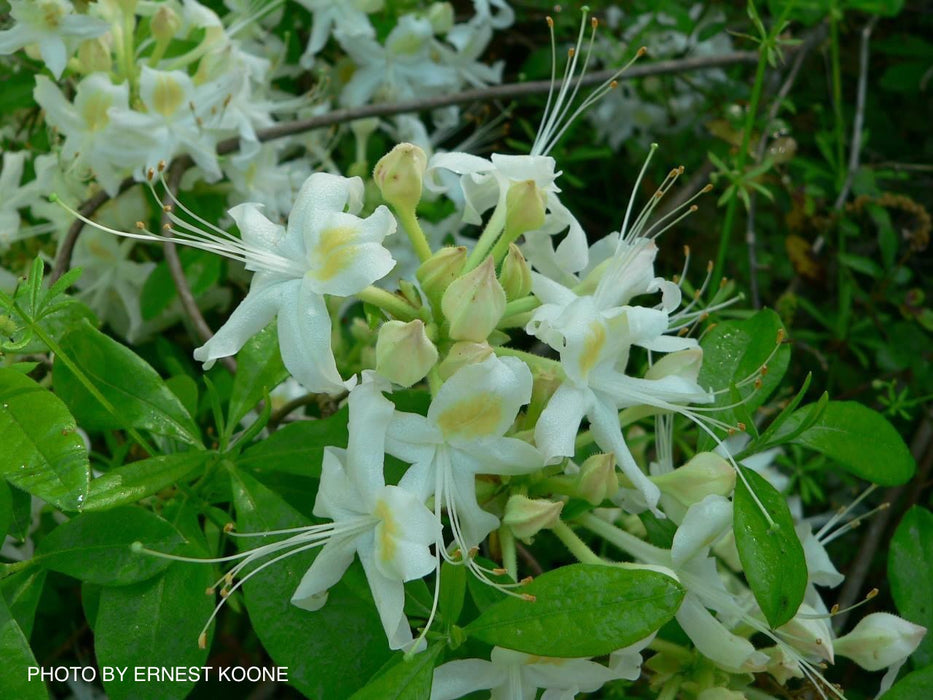






Post a Comment for "How To Grow Deciduous Azaleas For Stunning Blooms"